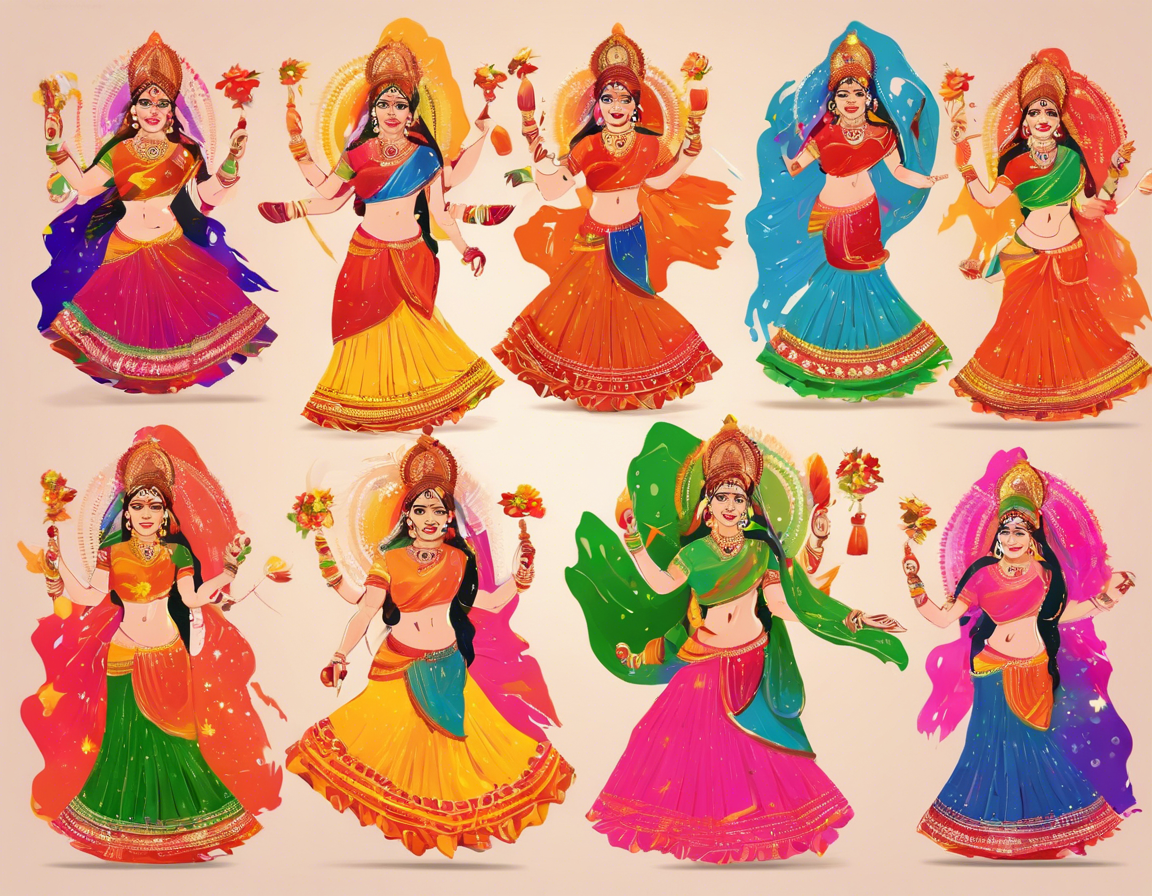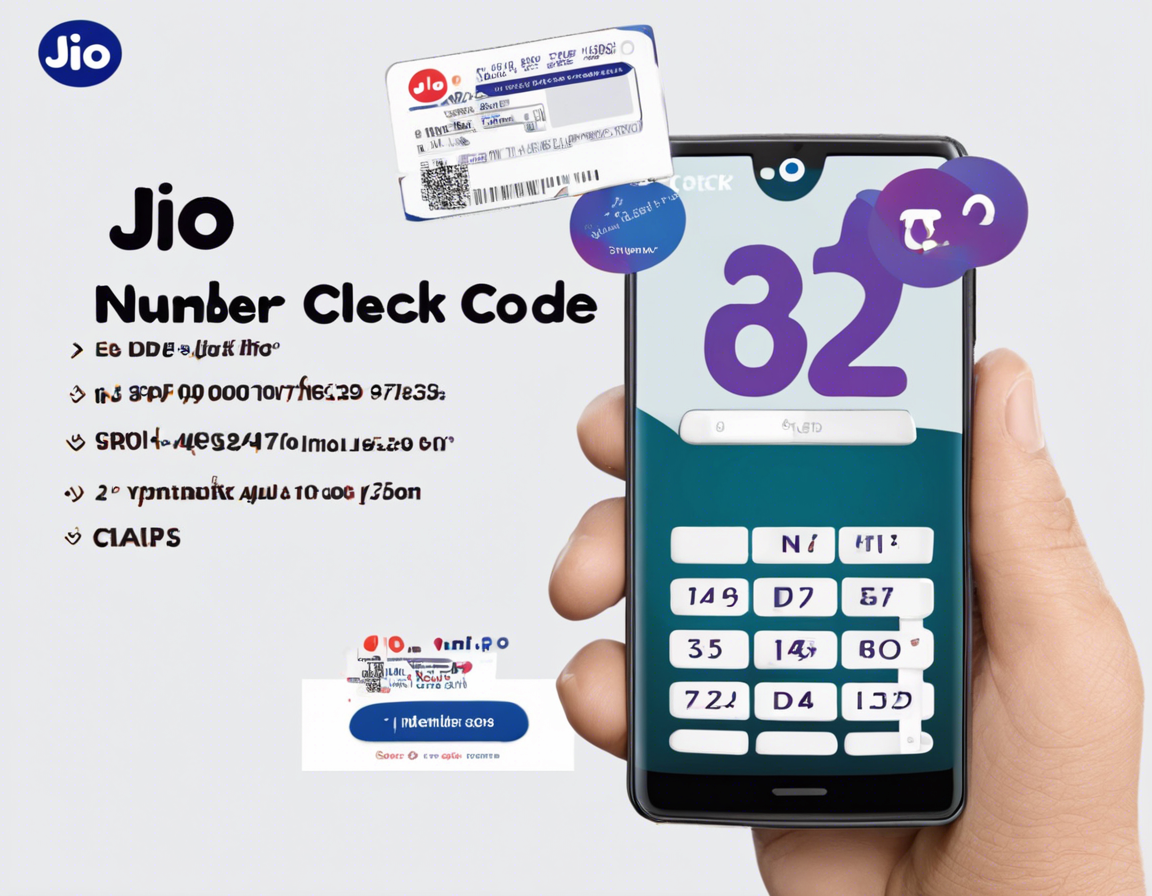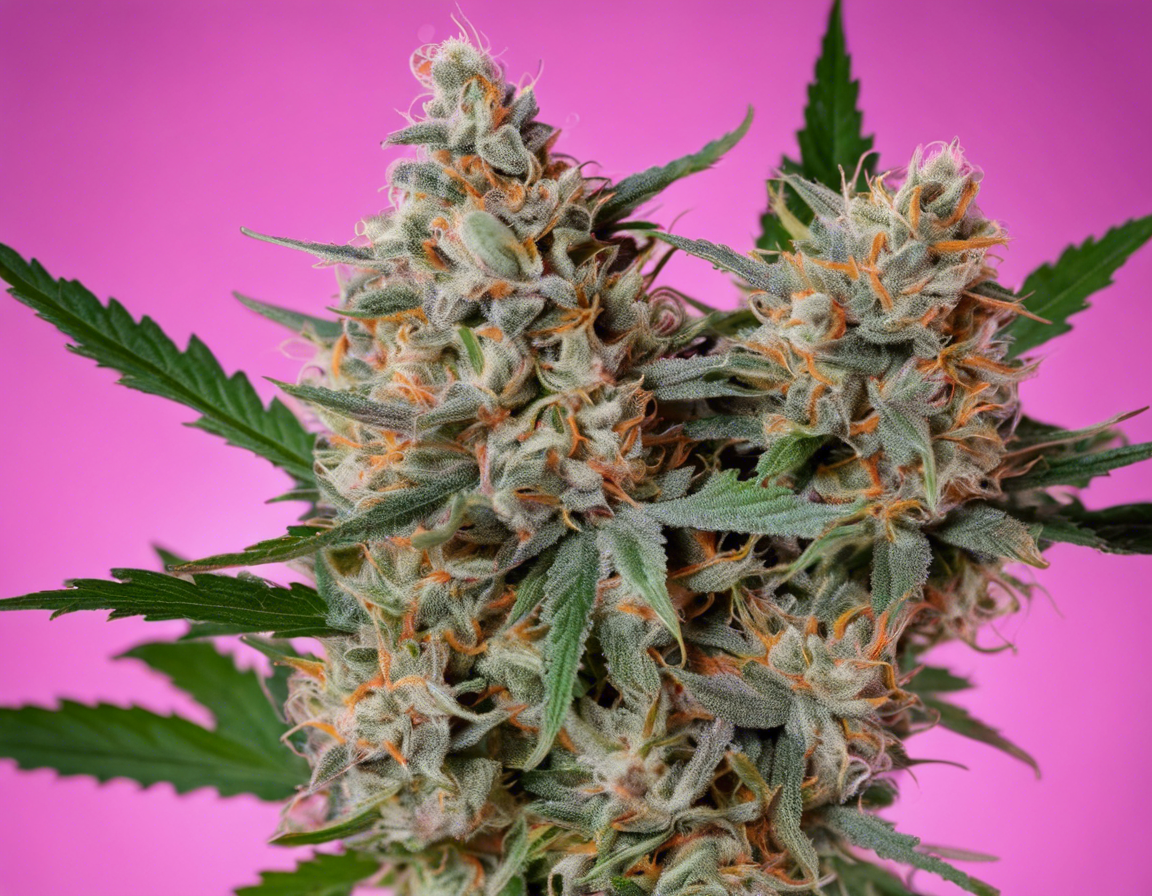Navratri Colors 2023: A Guide to Planning Your Festive Outfits
Navratri, a nine-night festival celebrated with great zeal and enthusiasm in India, is a time of vibrant colors, traditional attire, and lively celebrations. Each day of Navratri is associated with a specific color, and wearing the designated color is believed to bring good luck and blessings. As we look forward to Navratri in 2023, let’s reveal the Navratri colors for each day and explore how you can plan your outfits accordingly.
Day 1: Orange
The first day of Navratri is associated with the color orange, symbolizing energy and happiness. Embrace the vibrancy of this color with a stunning orange saree or kurta paired with golden accessories.
Day 2: White
White is the color for the second day of Navratri, representing peace and purity. Opt for an elegant white lehenga or chaniya choli adorned with intricate embroidery for a timeless look.
Day 3: Red
Red, the color of passion and strength, is the hue for the third day of Navratri. Make a bold statement in a red anarkali suit or saree embellished with mirror work and sequins.
Day 4: Royal Blue
Royal blue is the color for the fourth day, symbolizing wisdom and confidence. Step out in style in a regal blue sherwani or indo-western outfit paired with statement accessories.
Day 5: Yellow
On the fifth day of Navratri, dress in yellow to symbolize joy and positivity. Opt for a bright yellow salwar kameez or ghagra choli with intricate gota patti or zari work.
Day 6: Green
Green represents growth and harmony and is the color for the sixth day of Navratri. Embrace this soothing hue with a green silk saree or anarkali paired with traditional jhumkas.
Day 7: Peacock Green
The seventh day calls for peacock green, symbolizing beauty and abundance. Stand out in a peacock green sharara suit or lehenga with stunning embellishments and delicate embroidery.
Day 8: Purple
Purple signifies luxury and spirituality and is the color for the eighth day of Navratri. Opt for a rich purple velvet kurta or saree with intricate brocade work for a royal touch.
Day 9: Sky Blue
Sky blue, representing tranquility and serenity, is the color for the ninth day of Navratri. Radiate elegance in a sky blue anarkali gown or saree adorned with silver accents.
Planning Your Outfits
- Start planning your Navratri outfits well in advance to ensure you have the perfect attire for each day.
- Mix and match different hues, fabrics, and styles to create unique and eye-catching ensembles.
- Don’t forget to accessorize with statement jewelry, such as jhumkas, bangles, and necklaces, to complete your festive look.
- Consider incorporating traditional elements like mirror work, gota patti, and embroidered detailing for an authentic touch.
- Pay attention to the fit and comfort of your outfits to ensure you can dance and celebrate with ease throughout the nine nights of Navratri.
Frequently Asked Questions (FAQs)
1. Can I wear other colors during Navratri, or is it essential to stick to the designated colors?
While it’s traditional to wear the specific Navratri colors for each day, you can always incorporate other hues into your outfits to add variety and personal style.
2. What are some popular Navratri outfits for men?
Men can opt for traditional attire like kurta pajamas, sherwanis, dhoti kurtas, or even fusion wear like kurta shirts or Nehru jackets paired with dhoti pants.
3. How can I style my Navratri outfits with accessories?
Accessorize your Navratri outfits with statement jewelry like jhumkas, maang tikka, bangles, and waist belts. You can also add embellished clutches and embroidered footwear for a complete look.
4. Are there specific footwear options that complement Navratri outfits?
For women, ethnic footwear like juttis, kolhapuris, mojaris, or embellished heels work well with Navratri outfits. Men can pair their traditional attire with mojris or embroidered shoes.
5. Can I wear outfits in different shades of the designated Navratri colors?
Absolutely! Feel free to experiment with various shades of the designated colors to create a harmonious and visually appealing ensemble for each day of Navratri.
6. How can I incorporate modern trends into my traditional Navratri outfits?
You can infuse modern trends into your traditional Navratri outfits by opting for contemporary silhouettes, minimalist embellishments, and experimenting with unique color combinations while staying true to the essence of the festival.
7. Should I wear specific makeup looks to complement my Navratri outfits?
You can enhance your Navratri outfits with makeup looks that complement the colors you’re wearing. For instance, bold red lips for a red outfit, or shimmery eye makeup for a blue ensemble can accentuate your overall appearance.
8. Are there any taboos or restrictions regarding clothing during Navratri?
While there are no strict taboos, it’s advisable to avoid wearing black or dark colors during Navratri as they are generally considered inauspicious during festive celebrations.
9. How can I ensure my outfits are culturally appropriate and respectful during Navratri?
To ensure your outfits are culturally appropriate, opt for traditional Indian attire like sarees, lehengas, suits, or dhoti kurtas made from authentic fabrics and adorned with indigenous embellishments that reflect the essence of Navratri.
10. Can I re-wear my Navratri outfits for other festive occasions or events?
Yes, you can certainly re-wear your Navratri outfits for other festive occasions, weddings, or celebrations by styling them differently with varied accessories, hairstyles, and makeup looks to create a fresh and versatile ensemble.
In conclusion, Navratri is a time to revel in the beauty of colors, traditions, and festivities. By planning your outfits thoughtfully, experimenting with different styles, and embracing the significance of each day’s color, you can make this Navratri a truly memorable and stylish celebration!



